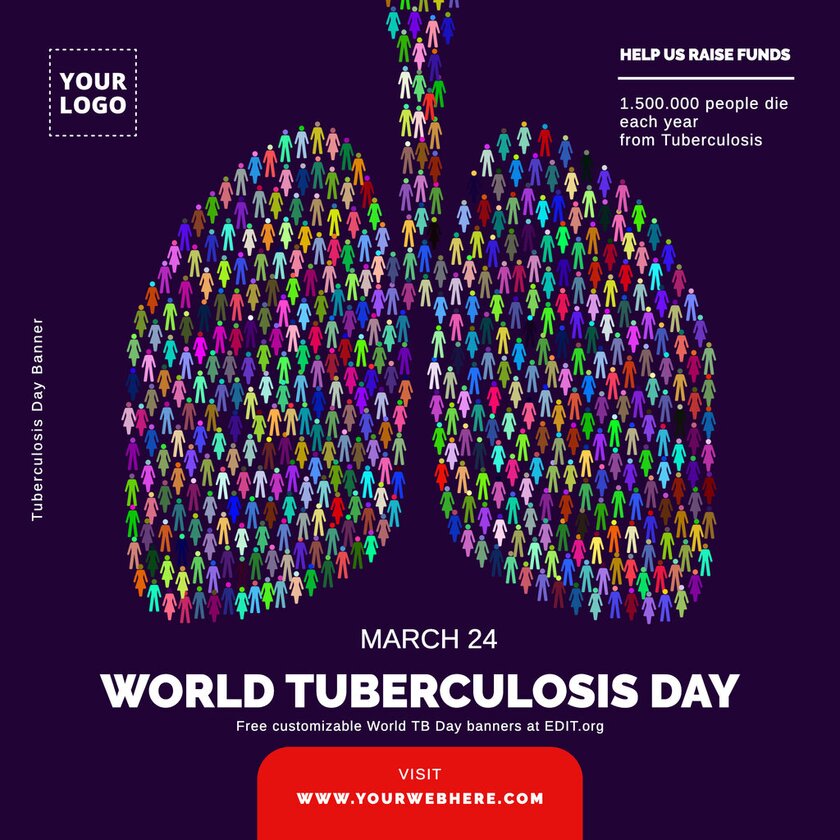
Tuberculosis is a global epidemic. An estimated one-quarter of the world’s population is said to be infected.
Estimates say about 10 million people fall ill with TB by year count, and 1.5 million die from the disease. Those who die are reported to be mostly in low and middle-income countries.
According to estimates, the incidence is 1199 cases per 100,000 population, and 23 deaths per 100,000 population.
2% of TB patients are reported to be HIV +ve.
India, as reports say, is “the highest TB burden country in the world.” It accounts for “nearly 27% of the global incidence.”
The UN cautions that
“People with active TB disease are most likely to spread TB germs to people they spend time with every day, such as:
Family members, Friends, Coworkers, Schoolmates, People living in slums, or jails. “
Places where TB is more likely to spread are hospitals, homeless shelters, correctional facilities, and nursing homes.
It primarily spreads through the air when a person with active TB coughs, sneezes, or talks, releasing infectious droplets that can be inhaled by others.
Key points
* Tuberculosis (TB) germs spread through the air from one person to another.
* TB germs can get into the air when someone with active TB disease coughs, speaks, or sings.
* People nearby may breathe in these germs and become infected.
* People with inactive TB, also called latent TB infection, cannot spread TB germs to others.
Key points
# Tuberculosis (TB) germs spread through the air from one person to another.
# TB germs can get into the air when someone with active TB disease coughs, speaks, or sings.
# People nearby may breathe in these germs and become infected.
# People with inactive TB, also called latent TB infection, cannot spread TB germs to others.
(Information collated)